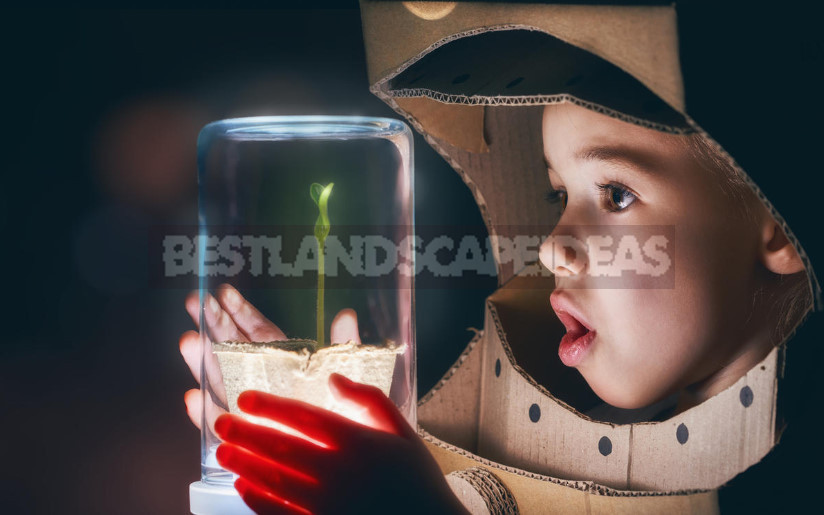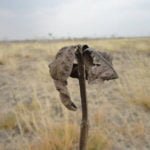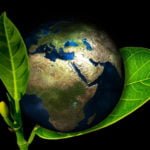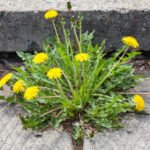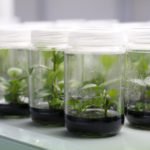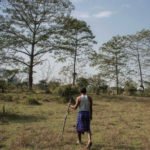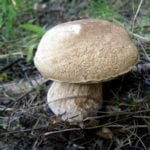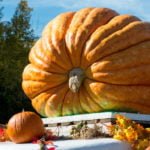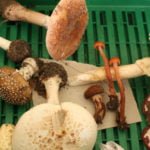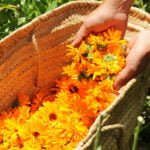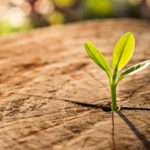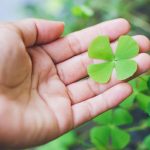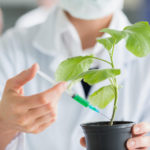Our planet is beautiful, but it is already becoming cramped. People have long peered into the sky, trying to consider the possibility of life there. And at some point, humanity has accumulated enough knowledge to fly into space from dreams become a reality.
57 years ago, man escaped from his earthly cradle: 108 minutes spent by the first cosmonaut of the planet Yuri Gagarin in near-earth orbit, opened a new era for humanity. Since 1962, April 12 is celebrated cosmonautics Day. According to the UN resolution since 2011 this day is celebrated the international day of manned space flight.
And still earthlings celebrate alternative, but which has already become quite official, the holiday which has received the name of the first person who has subdued space. It is dedicated to the flight of Yuri Gagarin on the Vostok-1 ship and the launch of the first manned spacecraft of the American space Shuttle program (space Shuttle), made on the same April day, but 20 years later.
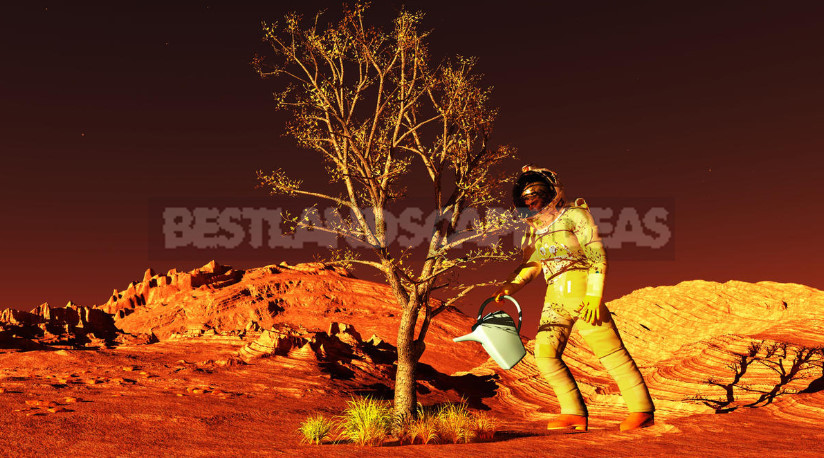
Today, daily work in earth orbit and even spacecraft flights to other planets of the Solar system have become quite commonplace. Not far off to attempt the colonization of Mars or building habitable moon bases. Nevertheless, we are now at the very beginning of space exploration, including the study of the possibilities of space agriculture and crop production.
Off The Ground
The evolution of all forms of life is influenced by various factors of our home planet: light intensity, temperature, solar radiation, gravity. How will terrestrial living organisms feel in outer space? This question worried the minds of scientists in the pre-space era, when flights beyond our planet were impossible for humans.
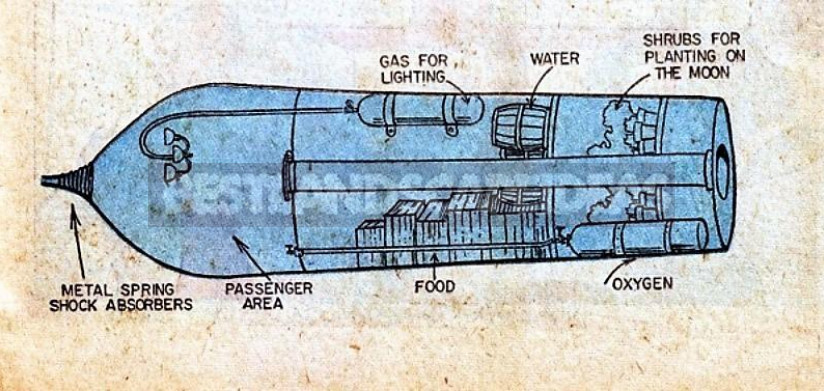
As can be seen from the illustration to the novel by Jules Verne “From a cannon to the moon”, even then thought that in addition to food and water, space travelers will need plants. Plants on the spacecraft are needed as a source of food for travelers, and as an element of the system that regenerates the atmosphere of the ship, and for the disposal of human waste. And (according to the observations of many astronauts) green passengers have a positive impact on the psychological comfort of the crew. In General, everything is exactly the same as on Earth.
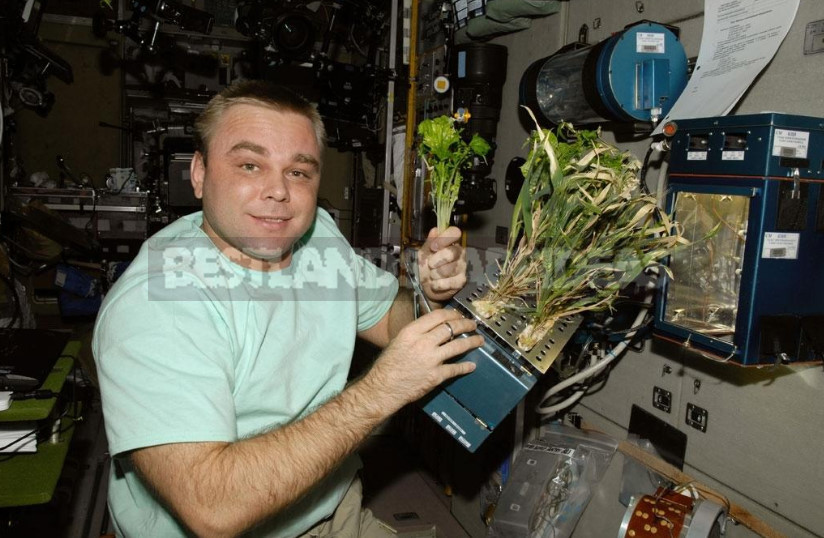
In the case of implementation of projects on arrangement of colonies on other planets (like Mars) the most important task for the pioneers will be the following: the creation of the ozone layer to protect from harsh solar radiation, the formation of the atmosphere suitable for breathing, and Autonomous food production. And in solving these problems, the colonists will help plants.
The way to the stars
However, it is still impossible to grow plants in orbital stations in such an amount that they create an artificial atmosphere.
The idea of space greenhouses was developed in more detail by Friedrich Zander — the Creator of the first liquid-fuel rocket. In his apartment in 1915-1917, he conducted experiments on growing vegetables on a substrate of charcoal and designed a greenhouse “aviation lightness”.
Industrial space exploration
It turned out that to put a man into space was easier than to breed plants. However, they became astronauts before humans. Tradescantia, the seeds of onions, wheat, peas, corn and green algae Chlorella, along with the rest of the animals-astronauts successfully returned to Earth.
Systematic work on space crop production began in 1962.
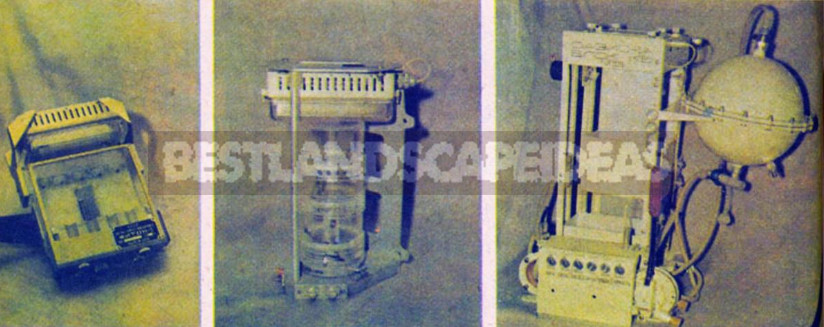
These notes led to the creation in 1972 of a closed-cycle biotechnical complex of four compartments enclosed in a steel parallelepiped with a base area of 315 m2. It was a closed self-sufficient biotope. In one of the four compartments there was a crew — three cabins, a workshop, a toilet, a shower, a company cabin. In another, about 30 m3 were occupied by algae colonies, in two more compartments — higher plants. Crops such as wheat, beets, onions, carrots, cucumbers, radishes, Kale, sorrel and dill were grown on the acreage of 1/5 acres. The complex was successfully tested, during which the participants of the experiment were provided with plant food, water and air almost completely autonomously — by 95%.
Free space
Unfortunately, spaceships have a strictly limited supply of space and carrying capacity, so the celestial greenhouses, in which astronauts conduct Botanical experiments, are more like a jar. In addition to the limited volume, with the cultivation of plants in space, there were many difficulties of both technical and physiological nature. The nutrient solution in weightlessness did not want to get to the roots and scattered with water balls.
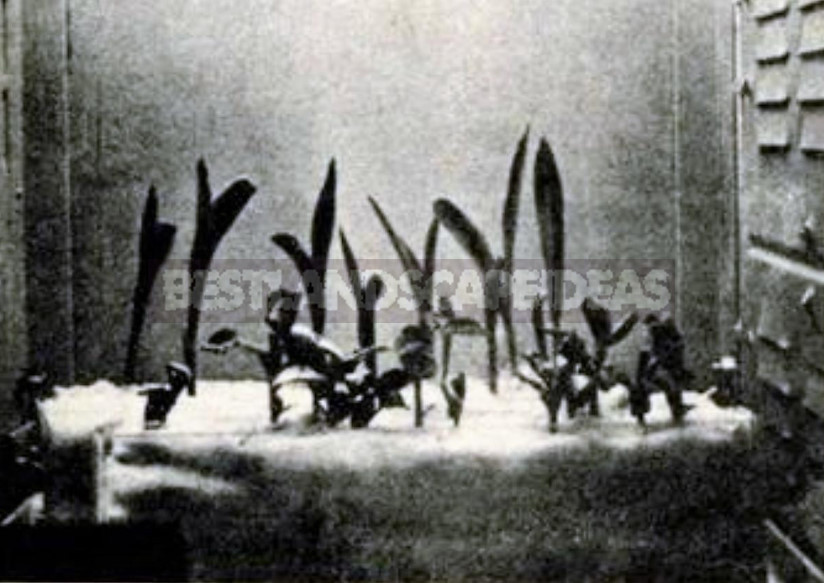
The astronauts managed to grow on Board peas, wheat, cabbage and onions. But there was a new problem — plants fully developed, outwardly no different from the control earth samples, but did not bloom. That only did not try: to the space station sent tulips formed with buds, blooming orchids (epiphytes, for which the conditions of the Earth no matter where to send the roots). But the expelled bulbs of tulips did not bloom, and the orchids on the orbital station showered petals of existing flowers. Botanists have suggested that weightlessness is the culprit.
Space travel album
Even Darwin suggested that gravity affects the direction of growth of roots and shoots, this phenomenon is called geotropism. Without gravity, it is difficult for the plant to Orient where to direct its growth, and in addition, there is a violation of gas-liquid metabolism in the green body. To solve this problem began to use a centrifuge, using it to create gravity. And also tried by electromagnetic stimulation to create an imitation of the electromagnetic field of the Earth.
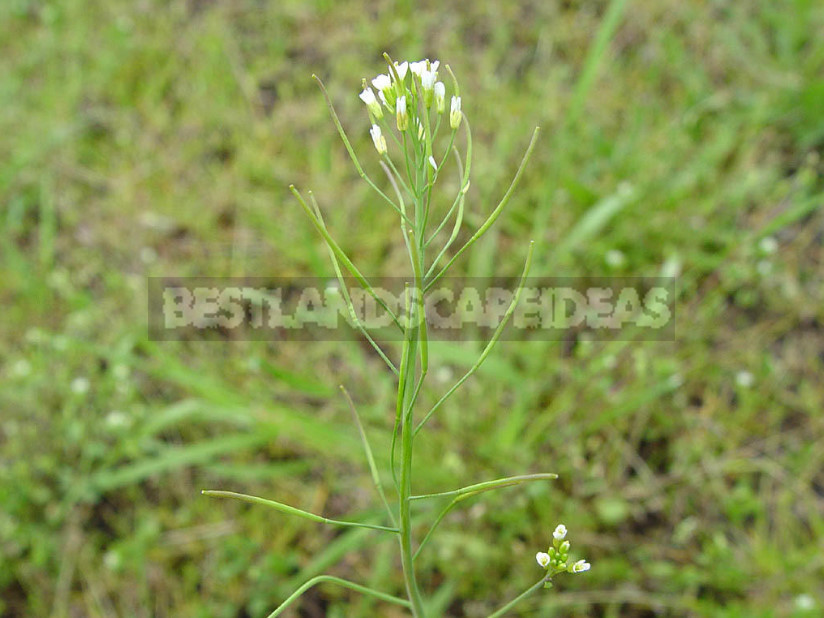
Success came in 1982. The device blossomed and gave the pods with seeds of Arabidopsis thaliana. This small nondescript plant is used by botanists like white laboratory mice — Arabidopsis is present in all experiments.
Having a positive result with Arabidopsis, in space were able to grow and get the seeds of peas, wheat, flax, as well as to make flowering ornamental plants.
Today, astronauts grow a variety of vegetables for their table. And most importantly, continue to study the impact of microgravity on the physiology of plants and the functioning of the entire biocenosis — the interaction of soil organisms, higher plants, fungi, mosses. All these studies will be the basis for the development of a new agriculture — space.
